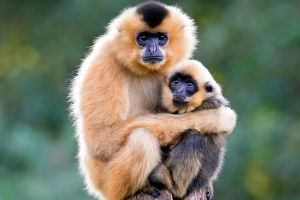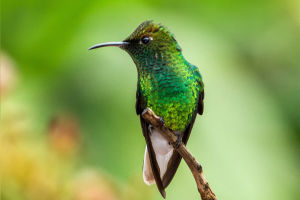From ancient civilizations to modern-day pet lovers, cats have always captured hearts.
In the U.S., cats grace about 45.3 million households. There are over 45 domestic breeds, with distinct features such as coat patterns, tail length, hair texture, and temperament, according to the Cat Fancier’s Association.
Unique Breeds
The Maine-Coon stands out as the largest, with males averaging 3.5 feet in length. On the other hand, the Singapura, originating from Singapore, is the smallest breed, with grown females weighing just four pounds. One of the most remarkable-looking cats is the Sphynx, a mostly hairless breed known for its intelligence and sturdy build.
Diet and Hunting Instincts
Like their wild cousins, domestic cats are obligate carnivores, requiring meat for optimal health. Despite being domesticated for thousands of years, their predatory instincts remain intact, relying on stealth, sharp claws, and teeth for hunting.
Fascinating Cat Traits
Exceptional Senses
Cats, being predominantly nocturnal, have remarkable vision and acute hearing. Their ears, which can pivot like satellite dishes, enhance their auditory range.
Flexibility and Balance
Known for navigating challenging environments, cats use their tails for balance and are adept at landing on all fours. Cushioning discs between vertebrae contribute to their agility, allowing swift movements and exceptional flexibility.
40 Awesome Cat Facts to Understand Them Better
Video by BRIGHT SIDE
Kitty Origins
Domestication of cats began in the Fertile Crescent about 10,000 years ago, according to DNA studies. Modern domestic cats are descendants of the African wildcat subspecies, Felis silvestris lybica, which is still widespread today.
Early Bond with Humans
Wildcats were likely attracted to human settlements due to the abundance of rodents and food scraps. This symbiotic relationship led to coexistence, with cats becoming valued companions. Cats later accompanied ships, traveling across the globe.
In China, about 5,000 years ago, another attempt at domestication occurred with the leopard cat, though modern domestic cats are not linked to this species.
Reproduction
Rapid Maturity
Female cats reach maturity as early as four months and can go into heat multiple times a year. After a 64-day gestation period, litters usually consist of about four kittens.
Growth Stages
Kittens are weaned by two months and grow rapidly, achieving grown size between 10 months and a year. A single litter can have multiple fathers, particularly in urban environments.
Speaking Feline
Cats communicate effectively with both humans and other cats.
Tail Language
A swiftly swishing tail can signal aggression, while a tucked tail often indicates nervousness. Relaxed cats typically keep their ears forward and their tails upright or perpendicular to the ground.
Marking Behavior
When cats rub their faces against furniture, other cats, or humans, they engage in a behavior called bunting. This uses scent glands in their faces to mark territory, bond with others, or express affection.
Friendly Gestures
A slow blink from a cat is a universal sign of contentment. Returning this gesture by blinking back slowly fosters trust and shows friendliness.
Throughout history, cats have symbolized mystery, grace, and independence. They continue to enchant people with their playful antics, soothing purrs, and undeniable charm. Treating them with kindness and respect not only ensures their loyalty but also brings a sense of companionship that’s hard to rival.


